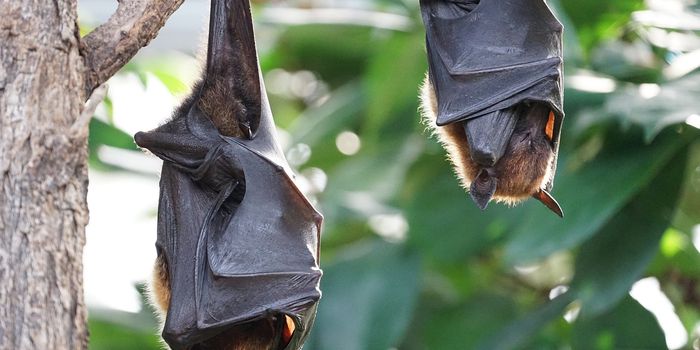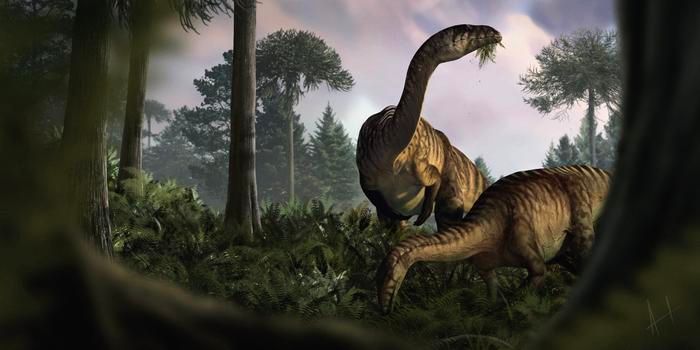How did humans become bipedal? The answer may be in the trees
One of the biggest questions in human evolution asks why humans became habitually bipedal about 7 million years ago. Most of our primate cousins do well walking quadrupedally and switch to two legs only when necessary. Many theories have been proposed for why we are bipedal, including needing to have free hands to carry tools, thermoregulatory reasons which expose less of the body to heat, and energetic concerns.
Another theory, the savanna hypothesis, suggests that bipedalism was an adaptation to a shift in environments when human ancestors may have begun spending more time in open woodlands or grasslands. The theory posits that as humans began to spend more time on the ground instead of in the trees, they began walking on two legs to support this shift. This theory was one of the most popular for many years, as it seemed logical, and evidence seemed to support the idea. However, new research published in Science Advances and led by Rhianna C. Drummond-Clarke from the University of Kent in the UK provides evidence against the savanna hypothesis.
Researchers spent 15 months studying chimpanzees living in the Issa Valley in Tanzania, a site chosen specifically because this is an environment similar to what human ancestors may have experienced. Results from the study found that chimpanzees spent a larger portion of their time moving terrestrially, which held true even when they were in an open environment. Compared to other chimpanzee populations, such as those at Gombe and Mahale, which are in dense forests, the same amount of time was spent on the ground. Therefore, even though there are fewer trees in the Issa Valley, there was no major behavioral change.
When chimpanzees engaged in bipedal walking, they were doing so on the ground only 14% of the time. This means that most of their bipedal walking occurred in the trees. Moreover, it was usually in connection with foraging for food. Researchers posit that walking on two legs helps chimpanzees safely navigate more flexible branches, allowing them to gather as much fruit as possible.
Based on the findings from this study, the savanna was not a catalyst for the evolution of bipedalism. Instead, results suggest that trees—especially those used for food—may have been a driver of the evolution of bipedalism.
Until there is a study comparing these findings to the fossil record, it can’t be said for sure whether humans followed the same pattern and also walked on branches. However, it does encourage more research into answering some of the biggest questions about our species, getting us closer to understanding what makes us human and how it evolved.
Sources: The Royal Society, The Guardian, Science Advances, Smithsonian Magazine









